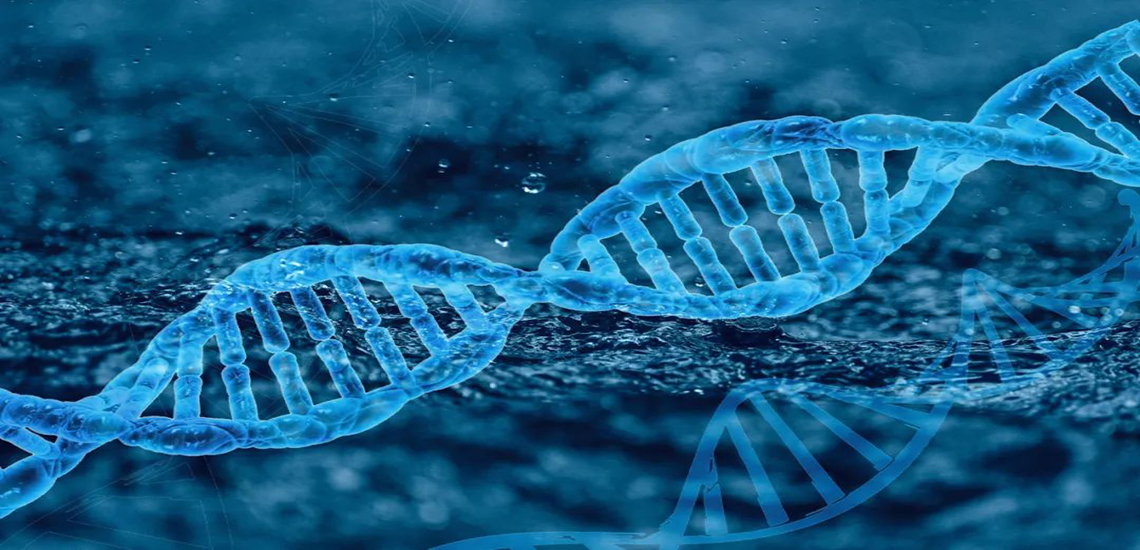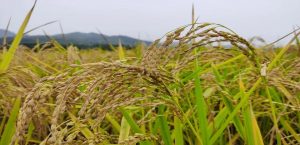Abstract:
The general concept of photoperiodism, i.e., the photoperiodic induction of flowering, was established by Garner and Allard (1920). The genetic factor controlling flowering time, maturity, or photoperiodic responses was observed in soybean soon after the discovery of the photoperiodism. E1, E2, and E3 were named in 1971 and, thereafter, genetically characterized. At the centennial celebration of the discovery of photoperiodism in soybean, we recount our endeavors to successfully decipher the molecular bases for the major maturity loci E1, E2, and E3 in soybean. Through systematic efforts, we successfully cloned the E3 gene in 2009, the E2 gene in 2011, and the E1 gene in 2012. Recently, successful identification of several circadian-related genes such as PRR3a, LUX, and J has enriched the known major E1-FTs pathway. Further research progresses on the identification of new flowering and maturity-related genes as well as coordinated regulation between flowering genes will enable us to understand profoundly flowering gene network and determinants of latitudinal adaptation in soybean.
Speaker: Prof. Zhengjun Xia
Affiliation: Northeast Institute of Geography and Agroecology, CAS
Time: 4:30 PM, Tuesday, July 23, 2024
Venue: Offline: The Conference Hall in Xishuangbanna Headquarter
Online: Tencent Meeting ID:893-693-028



